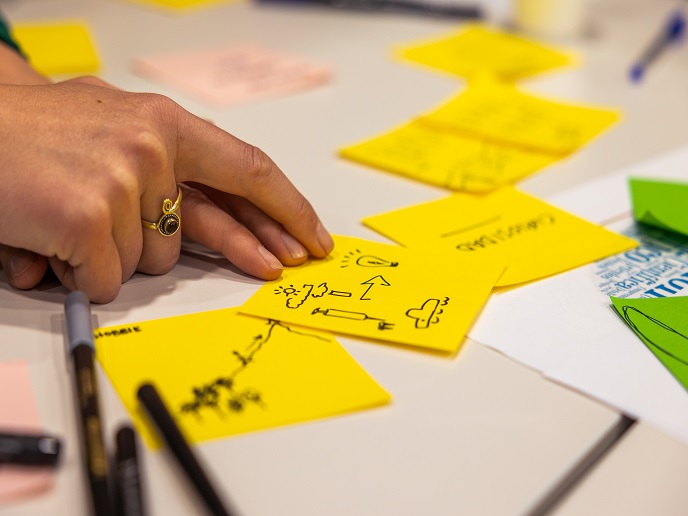Smells like team spirit: how citizen science can succeed
Both science and society can benefit from citizen science (CS), which brings the two closer together. Opening up science to industry, commerce, policymakers and journalists sparks funding and collaboration opportunities, and the prospect of gathering large data sets through citizen participation. At the same time, developing greater scientific literacy increases citizens’ ability to counter misinformation, increasing their trust in science. “CS also lends credibility to awareness-raising campaigns, with an informed public contributing to decision-making, policies and behavioural change,” says Rosa Arias, coordinator of the NEWSERA(opens in new window) project, and CEO and founder of Science for Change(opens in new window). “But CS initiatives operate within complex stakeholder ecosystems, facing multiple challenges, summarised as a lack of trust, of knowledge and of resources.” To help overcome these barriers, NEWSERA developed the CitSciComm Labs(opens in new window), to co-design, implement and validate CS communication strategies, targeted at clearly defined stakeholders. The five ‘Labs’, piloted over three years, operated through communities of practice composed of CS practitioners, including members of 39 projects in Italy, Portugal and Spain. NEWSERA undertook over 240 hours of mentoring, alongside 90 activities – including workshops and training sessions(opens in new window) – engaging over 140 stakeholders. A programme matching projects with journalists led to the publication of several articles in the international press(opens in new window) (website in Portuguese), “demonstrating the potential of citizen-generated data to produce socially relevant newsworthy stories where visual storytelling is key,” according to Arias. The NEWSERA guide to science communication(opens in new window) has been released for those starting out in this field, and a series of policy briefs(opens in new window) has also been launched which outline science communication best practices.
Labs to cater for the quintuple helix
The NEWSERA Labs were developed to address the needs of the so-called ‘quintuple helix’ group of stakeholders: citizens; academic scientists; industry and SMEs; the public sector and policymakers; and journalists. Each Lab identified barriers to effective CS, providing a forum to explore, co-create, test and share the results of solutions. Contributors included the 39 project members, scientists working in academic institutions, science communication and journalism experts, and NEWSERA team members. To take one example: the ‘Citizens and society at large Lab’ acknowledges that while citizens can play multiple CS roles – such as acting as human sensors – projects often struggle to recruit beyond those already interested in science or specific issues, especially true for hard-to-reach groups. When it comes to engaging the public sector, Arias recalls her time as the coordinator of D-NOSES, a project where citizens monitor odour pollution: “First, we mapped the affected communities with the OdourCollect app(opens in new window), before running local pilots. Next, engaging policymakers led to national policy briefs(opens in new window), then revision of EU directives, and a green paper(opens in new window) presented at the European Parliament.” This resulted in citizens’ data being approved as a technical standard for the first time by UNE(opens in new window), the Spanish Association for Standardisation. Other NEWSERA pilots – GEOVACUI-2, RIUS and Mosquito Alert – have also been recognised with Honorary Mentions in the European Prize for Citizen Science(opens in new window). “I’d say to any new CS project, it’s not easy, you need to plan ahead, especially for policy impacts. But we’ve shown it can be done!” notes Arias.
Labs without borders
NEWSERA’s Data and Science Journalist Lab also offered opportunities for innovative collaborations(opens in new window), further showcasing CS journalism. The team collaborated with the ENJOI project to organise the DATA4CitSciNews flagship conference(opens in new window). The NEWSERA coordination team are now engaged as the scientific coordinators of the Horizon Europe-funded COALESCE(opens in new window) project, established to create the European Competence Centre for Science Communication.



